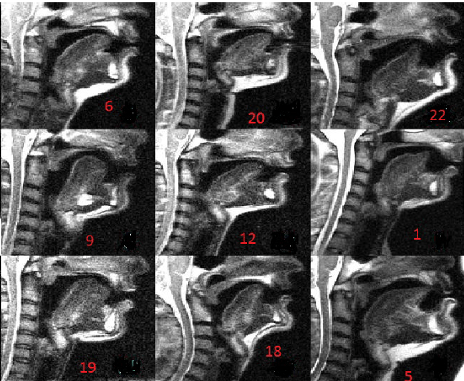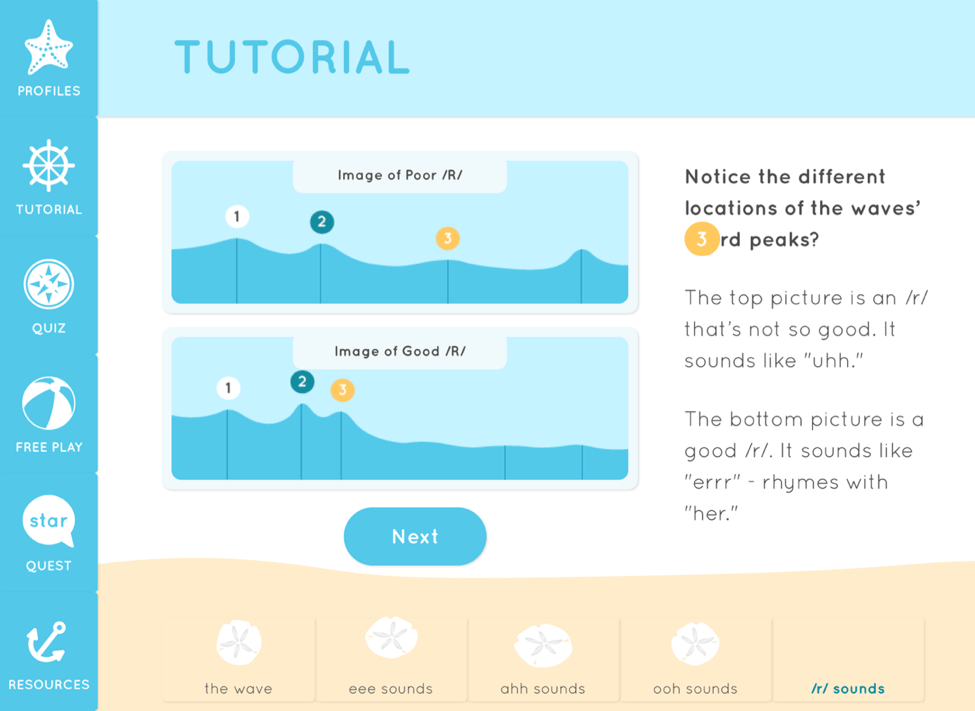Click here to complete the staRt user survey!
General
- ASHA 2023 talk on using biofeedback both in-person and in telepractice (McAllister, Hitchcock, Preston)
- Video walkthrough of staRt app tutorial: Introduces the visual-acoustic biofeedback display used in staRt.
- Tutorial for visual-acoustic biofeedback (Hitchcock et al.): Link to preprint manuscript
- staRt user manual
The materials linked below were developed in collaboration with Elaine Hitchcock (Montclair State University) and Jonathan Preston (Syracuse University) as part of the project Correcting Residual Errors with Spectral, ULtrasound, Traditional Speech therapy Randomized Controlled Trial (C-RESULTS RCT; NIH R01DC017476; ClinicalTrials.gov identifier NCT03737318).
How /r/ is produced: Overview of articulatory requirements for perceptually accurate English /r/. See also our tutorial paper (Preston et al., 2020, LSHSS).
Visual-acoustic technology: Overview of technology and principles used in visual-acoustic biofeedback.
Motor-based treatment for /r/: Overview of traditional treatment for /r/; includes cueing strategies that can be used in the context of biofeedback. [Link to version without narration].
Visual-acoustic treatment for /r/: Overview of the clinical use of visual-acoustic biofeedback in /r/ treatment. [Link to version without narration].
Scripts and visual aids
While using staRt clinically, you are encouraged to use whatever traditional cues for articulator placement that have worked well for you in the past. If you are new to articulatory cueing for /r/, you can consult these documents for suggested wording and visual aids.
 Introducing tongue shapes for /r/: Script for use in an initial session orienting a client to articulatory requirements for /r/.
Introducing tongue shapes for /r/: Script for use in an initial session orienting a client to articulatory requirements for /r/.
Images of tongue shapes for /r/: Images to accompany the introductory script linked above.
Articulator placement cues for /r/: Suggested verbal cues for use in treatment sessions (with or without biofeedback).
Evidence base for biofeedback
See here for a non-exhaustive compilation of peer-reviewed research on the efficacy of visual-acoustic biofeedback for /r/ misarticulation.
Image source: Tiede, Boyce, Holland, & Choe (2004)

